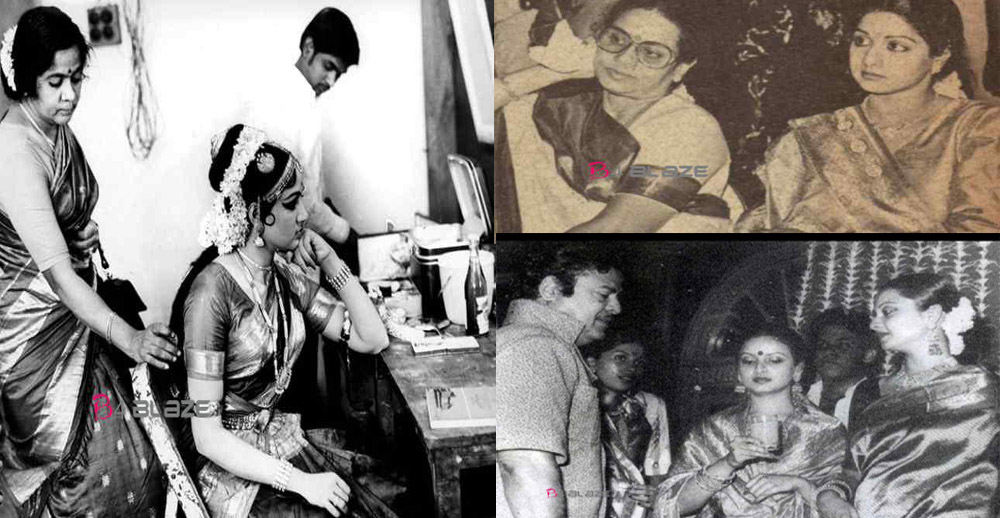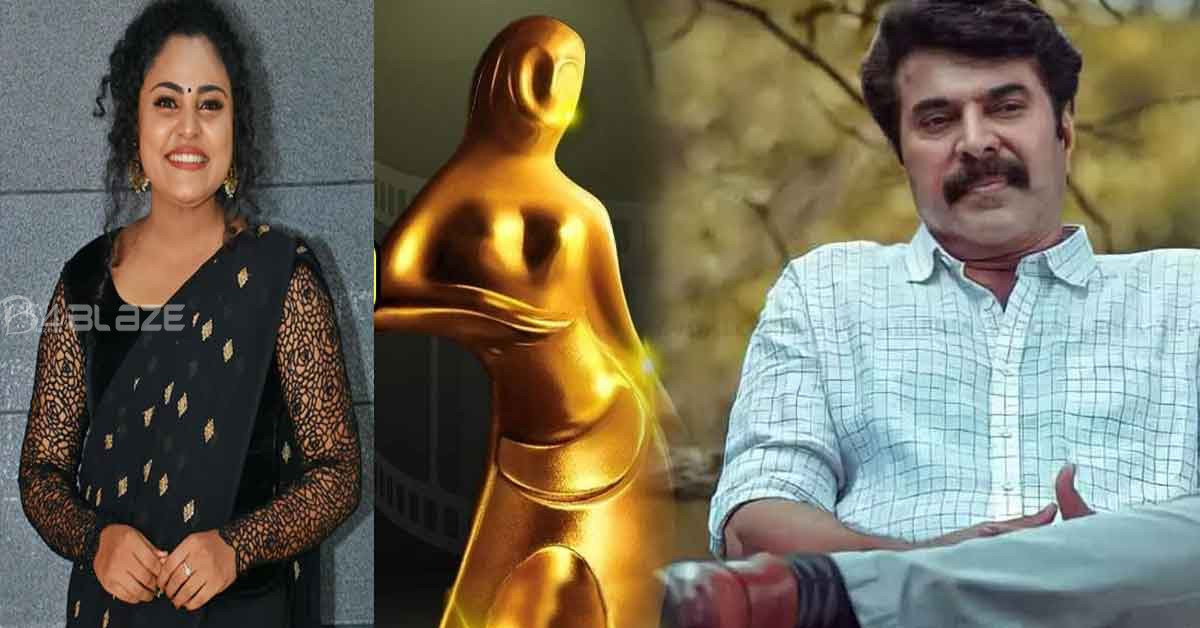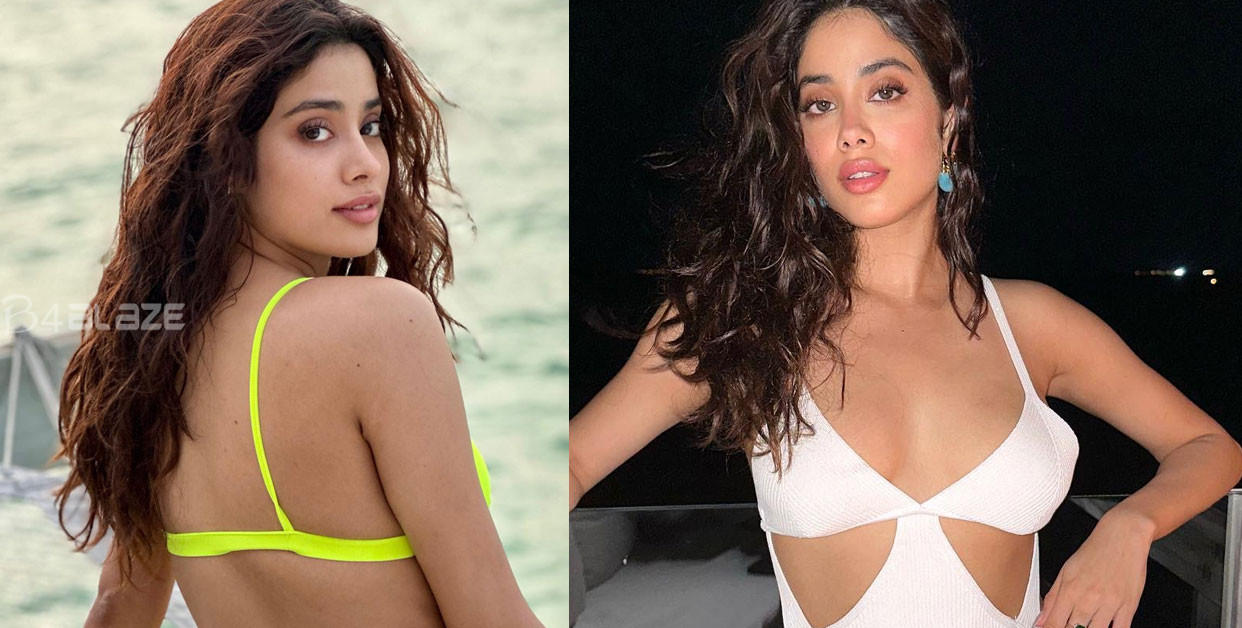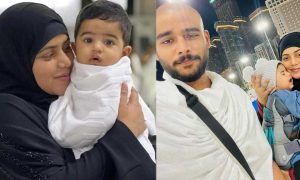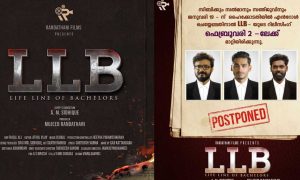The lives and professions of innumerable film famous people would have been oppositely unique if their folks hadn’t been pushy to the point of miserable endings.
Of late, the kid whiz of the 1950s, Daisy Irani took a stand in opposition to the memory of her mom Perin, who was recklessly determined bowed to make her girls (the other being Honey Irani) trudge all day and all night at the film studios as opposed to guaranteeing that they got a school instruction.
At 67 years old, Daisy Irani has expressed completely that she was assaulted by her watchman who had went with her to a film shoot in Chennai, in a lodging room when she was six years of age.
It is essentially through movie lore and newspaper reports that the repressed anguish and hurt of iconic heroines are remembered and regretted by nostalgiaphiles as well as the millennials right down to this day.
Without a doubt, the story of Madhubala has assumed the dimensions of an epic tragedy. The ethereal heroine could have been Dilip Kumar’s begum, if her self-serving father Ataullah Khan hadn’t thumbed down their love story.
Her plight isn’t apocryphal or fiction. In cold print, it has been chronicled that during a legal face-off relating to Madhubala’s commitment to BR Chopra’s Naya Daur (1957), Dilip Kumar had confessed he was in love with his heroine but in the same breath, threw in his lot with Chopra. Earlier Ataullah Khan had disapproved of Premnath because of their different faiths.

Madhubala with Dilip Kumar.
Madhubala with Dilip Kumar.
Dilip Kumar’s collection of memoirs, The Substance and The Shadow, supports that story however. By differentiate, Dev Anand in his book, Romancing with Life, was sufficiently sincere to affirm that his proposition to the artist performing artist Suraiya was shot around her despotic grandma Badshah Begum.

Dev Anand and Suraiya
Dev Anand and Suraiya
Although the 1950s are justly rated as the Golden Decade of Hindi Cinema, it was also an era when parents, blinded by the prospects of making big money, hustled their children into the inhumane requisites of filmmaking: interminable working hours, rank chauvinistic attitudes and adapting mentally to roles, be they precocious or larger-than-life to the point of being absurd.
Ineluctably, the psychological damage has to be swept under the carpet. The spells of depression, the feeling of isolation, the sense of freedom or the lack of it and the stasis on attaining belated independence – can these ever be resolved? Not likely.
Within a few years, the alliance hit the rocks, turning the supreme actress into a Tragedy Queen, both on and off the screen.
Moving on to the 1960s, the status quo persisted. No respite, once a child star, always a star, more out of necessity than choice. The laments of not being ‘normal’, of serving as a milch-cow were never been stated on record by Nanda, the princess of romance. However, behind her infectious smile on screen, there was the burden of serving as the sole provider of her six siblings and their mother Meenakshi Karnataki. While advancing into middle-age, she did accept a marriage proposal from the much-in-love Manmohan Desai but backed out at the nth hour.

No generalisation this. On occasion, marriage can be a form of rebellion against a parent. Case in point: After her marriage to the naval Lieutenant Commander Rajnish Behl in 1959, Nutan filed a legal case for ‘mismanagement of funds and property’ against her mother, the charismatic actress Shobhana Samarth. Although there was a reconciliation, a certain melancholia persisted to her last days.
Nutan with her mother, Shobhana Samarth, brother, Jaideep and sister, Tanuja.
Cut next to the pheonomenon which tongue-in-chic magazines of the bygone era, called the ‘Ammas’, since their origins were in south India.
The first of the no-nonsense Amma was none other than the Tamil actress Vasundhara Devi who constantly chaperoned Vyjayanthimala. The vigilant one couldn’t keep Vyjayanthimala leashed forever though. As her popularity escalated, she was involved in liaisons with Dilip Kumar and then Raj Kapoor but rushed into a marriage with Dr Chamanlal Bali in 1968. Amma’s hold on her was firm but then something’s gotta give.
Rekha with her parents, Gemini Ganesan and Pushpavalli.
The southern influx was on and how. Hema Malini’s mother Jaya Chakravarthy, remembered as the most formidable ‘Amma’ of them shadowed her daughter at the studios, till enough was enough. The dream girl ended what could have been an ongoing nightmare, by marrying the already married Dharmendra.
Hema Malini with her mother Jaya Chakravarthy.
Once in a rare while, moms from Madras could keep themselves low-key and level-headed in Bombay. The star power of Jayalalitha, who went on to scale incredible heights by becoming the Chief Minister of Tamil Nadu, is believed to have been chessboarded by her mother actress Vedha aka Sandhya. But when the daughter’s only Hindi film, Izzat (1968), tanked, it was bye bye Bollwyood.
Apparently, it wasn’t all about loving the family altruistically. Sridevi filed a legal case against her sister Sreelatha for the misappopriation of her savings.
Sridevi with her mother, Rajeswari Yanger.

